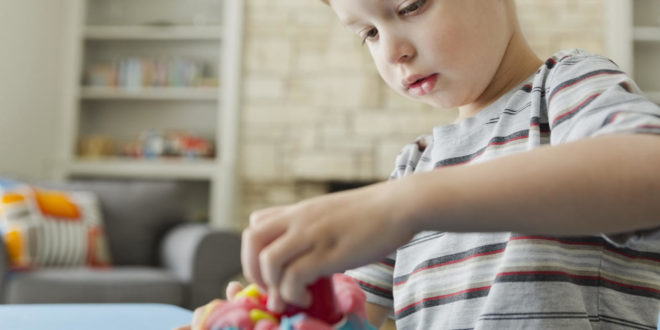Are you concerned in any way about health issues caused by your house? Here is a healthy home checklist for you to use as you walk through your home. It is a simple, hands-on way to create a less toxic environment for your family. When you are done, you will breathe easier (literally!) knowing that you have tackled the toxics that matter most in your home.
BATHROOM
Do you use air fresheners? Do not! Most contain a number of toxic chemicals that contaminate the air you breathe.
Is there fragrance in your personal care products? We do not know what is in “fragrance,” so it is safer to choose all fragrance-free personal care products. Always check ingredient lists to be sure. What kind of toothpaste do you use? Choose fluoride-free for kids younger than 2 and teach older kids to rinse and spit; fluoride is toxic if swallowed. Also, pick a paste without triclosan — you will see it on the ingredient list. Do you use liquid hand soap? If so, avoid anti-bacterial — the American Medical Association recommends against using them at home. What material is your shower curtain? Avoid vinyl shower curtains. If you get a new curtain (whatever the material), leave it outside for several days before using.
Do you have extra products? Less is more. Skipping cosmetics like hair spray and detangler, body sprays and powder is less toxic — and cheaper!
LAUNDRY AND CLEANING CLOSET
Are your cleaners green? It is hard to know without a full ingredient list, which most products do not have. Do your product labels list all ingredients? They should. Support companies that disclose all ingredients by buying their products — you have a right to know. Do you need all those products? Most homes can be safely cleaned with a few non-toxic ingredients: vinegar (it is anti-bacterial), baking soda, water, a HEPA vacuum, microfiber mops and cloths — and some elbow grease! Skip laundry products you don’t need, like dryer sheets, fabric softener, and chlorine bleach.
KITCHEN
Do you cook with non-stick cookware? Replace with cast-iron, stainless steel, or glass when possible. Stuck with it? Take care not to overheat it, which releases toxic fumes.
Do you use plastic food containers? We recommend glass over plastic. Never microwave food in plastic containers. For baby, use glass or BPA-free plastic bottles.
Do you drink bottled water? Kick the habit. For water on-the-go, get a reusable water bottle, like stainless steel (not plastic or aluminum lined with plastic).
Any canned food in the pantry? Cook with fresh or frozen whenever possible; most food cans (including liquid infant formula) are lined with bisphenol-A (BPA), a toxic chemical that leaches into the food. Do you use iodized salt? You should. Iodine is necessary to maintain healthy thyroid function. Do you eat high-mercury fish? Ask before eating and head for the lower-mercury types (especially for pregnant women and young children).
ALL AROUND THE HOUSE
Was your home built before 1978? If so, it probably contains lead paint. When repainting, use a wet sanding technique to reduce dust, choose low VOC paints and always paint with the windows open for good ventilation. Keep kids away from rehab dust and lose chips.
Do you have foam furniture? Foam products (like stuffed furniture and mattresses) are often treated with toxic fire retardants, so keep them well-covered. Ask whether a product is treated before you buy and choose naturally fire-resistant materials, like cotton and wool, when possible. Don’t “protect” your fabrics and carpets with sprayed-on chemical coatings — simply clean spills quickly.
Do you use compact fluorescent light bulbs (CFLs)? They contain mercury and should be handled and disposed of with care. Use them where there’s no danger of breaking near children; clean up broken bulbs quickly and safely.
Do you use pesticides or insecticides? Try non-toxic alternatives first; pesticides are a last resort. If you choose to use them, store them out of reach of children. Organic gardening is healthier for kids and pets since they live closer to the ground.
Do you have a wood deck, picnic table or playground set? Those made before 2005 likely contain arsenic. Test to confirm and either replace with safer wood or reduce your exposure by sealing it, replacing high-use areas and washing hands after touching, especially before eating.
What materials are your kids’ toys made from? Top contaminants to avoid are: lead paint, play make-up, cadmium and lead in play jewelry, and phthalates in soft plastics (like teethers and rubber duckies). Choosing non-toxic toys for young kids is especially important because so many ends up in their mouths.
 Be Healthy magazine Health-related monthly magazine
Be Healthy magazine Health-related monthly magazine
